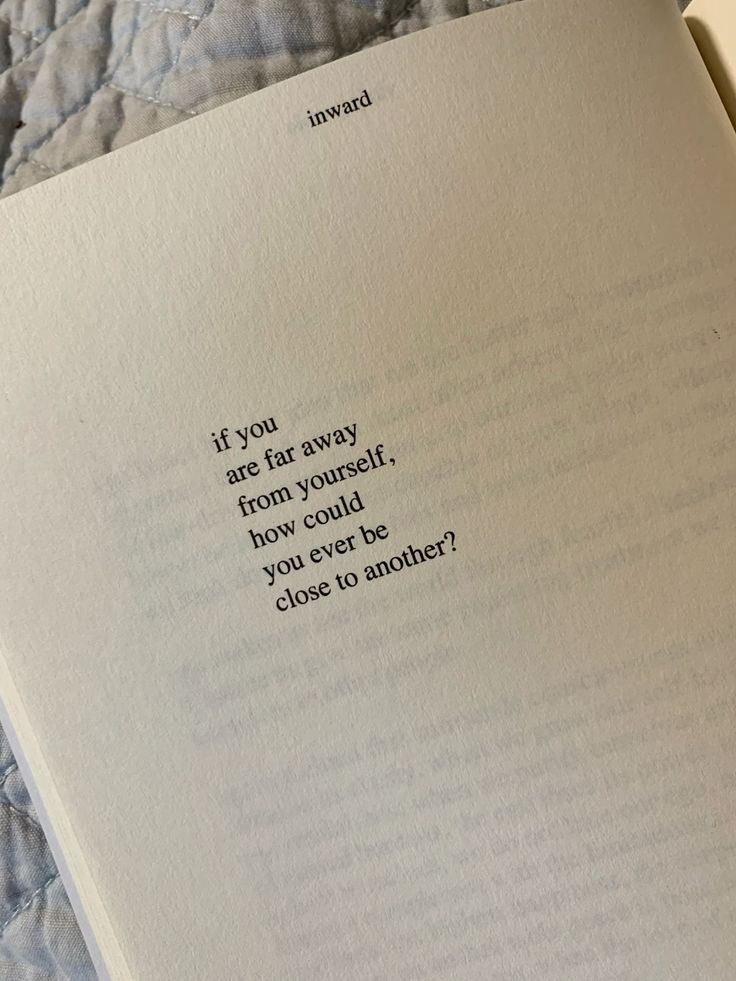
The Genesis of Distance
Share
Understanding avoidant attachment isn’t about labeling yourself or pointing out “flaws”, it’s about uncovering why you might struggle to fully trust, open up, or feel safe in relationships. Every wall, every moment of emotional distance, every push for independence has a reason, and it’s rooted in your early experiences!
Avoidant attachment, sometimes called dismissive attachment in adulthood, often starts in childhood. It develops as a protective response when a child learns that seeking comfort or relying on others isn’t safe or effective. This can happen in a few different ways. Some children grow up with parents who are emotionally distant or unavailable. When a child reaches out for affection or reassurance, the parent may pull away, discourage expression of emotion, or expect the child to “be strong.” Over time, the child learns that their needs won’t be met, and the safest option is to rely on themselves. Emotional dependence is seen as risky, so independence becomes the survival strategy.
Other children grow up in households where the parent is overly reliant on them. In these situations, the roles quietly switch—the child becomes the caretaker of the parent’s emotions. You might have found yourself managing a parent’s sadness, anger, or anxiety while ignoring your own needs. In this dynamic, expressing your own feelings can feel dangerous, because the focus is always on keeping the parent stable. You learn that your emotions aren’t important or safe to show. Whether through emotional distance or excessive reliance, the message is the same: your needs come second, and your safety depends on suppressing them.
Neglect and trauma can also play a role. Children whose basic care, attention, or emotional nurturing is inconsistent or absent learn that the world is unreliable. Growing up in chaotic or neglectful environments reinforces the lesson that others cannot be counted on. Sometimes, the parent themselves carries avoidant tendencies, modeling emotional distance and making the pattern intergenerational...
From these early experiences, the child develops strategies to survive. They suppress their needs, become intensely independent, and shut down emotions that might be rejected or overwhelming. They learn to self-soothe and to rely only on themselves. On the outside, they may appear calm, strong, or detached, but internally they still experience stress and anxiety, just without outward expression.
As adults, these patterns often persist. Avoidantly attached individuals maintain emotional distance, struggle to express vulnerability, and may feel uncomfortable with intimacy. Past traumas, difficult relationships, or repeated disappointments reinforce the belief that closeness is unsafe. Being in relationships with anxious partners can create a push-pull dynamic that confirms the idea that relationships are demanding or threatening. Avoidantly attached people may also unconsciously select environments or relationships that reinforce self-sufficiency and emotional distance, maintaining the pattern throughout their life.
It’s important to understand that avoidant attachment isn’t a flaw, it’s a survival adaptation. It helped your younger self feel safe in situations where emotional closeness was risky. The independence and self-reliance you developed were protective. But what once kept you safe can now make it harder to experience the closeness and intimacy you want.
Healing begins with awareness. It means noticing when you shut down, when you minimize your emotions, when you retreat instead of engaging. It means slowly teaching yourself that it’s safe to be seen, to rely on others, and to express vulnerability. It’s about realizing that independence and connection can coexist, and that your needs are valid and important.
The walls you built once kept pain out, but they also kept love out. You deserve to feel safe, to connect deeply, and to allow yourself to be fully seen. Understanding where your patterns come from is the first step toward opening the door from the inside and creating the relationships you’ve always longed for!

